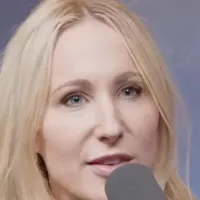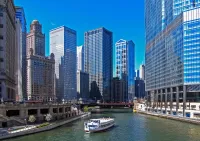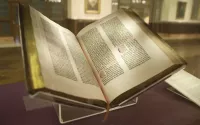The Chicago Newspaper Strike of 1912, lasting from May to November, was initiated by pressmen and supported by unions like the stereotypers. The strike aimed to highlight the efforts of large newspaper publishers to dismantle printing unions. It underscored labor disputes and the fight for workers' rights against powerful media conglomerates during that era.
1905: Hearst Management Agreement Renewal
In 1905, Hearst Management renewed agreements separately with each printing trade union organization for another five years.
1910: Contract Expiration and ANPA Proposal
In 1910, upon the contract's expiration, Hearst Management proposed aligning with the Chicago Chapter of the American Newspaper Publishers' Association (ANPA), which favored management, but the pressmen resisted joining the ANPA.
April 30, 1912: Hearst Announces ANPA Contract
On April 30, 1912, Hearst management announced in their pressrooms their decision to operate under a contract between the Web Pressmen's Union and the Chicago Chapter of the ANPA. At the direction of union leadership, the pressmen continued to work.
May 3, 1912: Stereotypers, Delivery Drivers, and Newsboys Join Walkout
On May 3, 1912, the Stereotypers' Union No.4, The Delivery and Mail Drivers' Union, and the Newsboys Union joined the walkout in support of the Web Pressmen Union No.7, who were locked out and stripped of bargaining rights with Chicago publishers. The Chicago Newspapers sided with Hearst and locked pressmen out, with only the Scripps-McRae Day Book and socialist newspapers maintaining contracts with the pressmen.
May 19, 1912: Typographical Union Vote
On May 19, 1912, the Typographical Union No. 16 was pressured into joining the strike, but voted to remain on the job and honor their existing contracts, which was viewed as a blow to the pressmen's cause.
June 2, 1912: Chicago Federation of Labor Calls Out Union No. 16
On June 2, 1912, the Chicago Federation of Labor, supporting the pressmen's strike, called out Typographical Union No. 16 for continuing to work.
1912: Chicago Newspaper Strike
In 1912, the Chicago Newspaper strike occurred, lasting from May to November. The strike was primarily led by the pressmen, with support from other unions, protesting against conglomerate newspaper publishers' efforts to dismantle printing unions.
1912: Wage Reduction and Crew Downsizing
In 1912, upon the expiration of the Web Pressmen's Union No. 7 contract with Hearst papers, a wage increase request led to arbitration with the Chicago Board of Trade's president Harry Wheeler. The arbitration resulted in a 20-30% wage reduction and an increase in work hours to align with other Chicago newspapers' wages. Wheeler also allowed Hearst to downsize press crews from ten to eight men, which directly caused the strike.
Trending

4 months ago Bailey Zimmerman Serves Chicken, Announces New Album 'Different Night Same Rodeo'

4 months ago Brie Larson joins 'The Bear' Season 4 cast, unraveling a major mystery.

52 minutes ago Sabrina Carpenter & Marcello Hernandez star in 'SNL' promos, teasing her appearance.

52 minutes ago Orbán Hails Hungary as Potential Site for Trump-Putin Meeting Amid Ukraine Tensions

6 months ago Alex Soros Leads Soros Foundation: Profile Reveals Views on Politics, Musk, Vance.

Nikki Glaser is a prominent American stand-up comedian actress and television host recognized for her work across various platforms She...
Popular

Candace Owens is an American political commentator and author known...

Charlie Kirk is an American right-wing political activist entrepreneur and...

Paula White-Cain is a prominent American televangelist and key figure...

XXXTentacion born Jahseh Dwayne Ricardo Onfroy was a controversial yet...

Chuck Schumer is the senior United States Senator from New...

Greta Thunberg is a Swedish climate activist who gained international...

